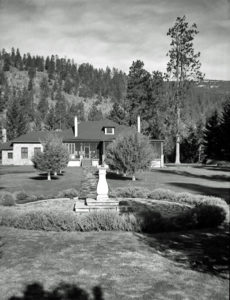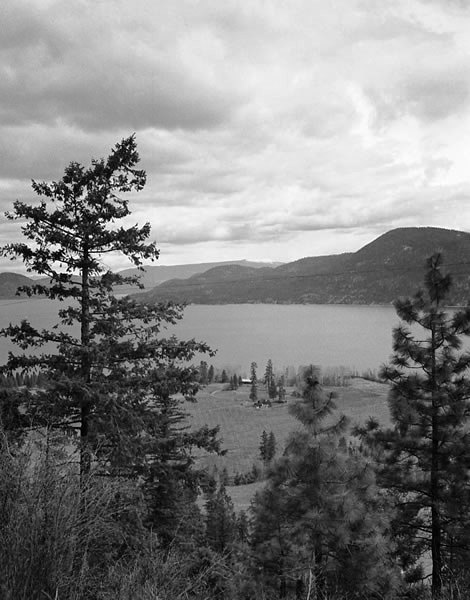Fintry Provincial Park: A Living History
The rich and colourful history of the Fintry Delta provides residents with a window to the past and how the west side of the lake was settled and developed. Fintry Provincial Park was created in 1996 as the result of visionaries who worked together to save this property for public benefit.

Prior to the creation of Fintry Provincial Park, sections of the delta were owned privately and went through various hands over the decades. Developers made several proposals to the Regional District Parks Advisory Committee, including offers to build condo developments and a golf course. In 1995, one such proposal asked the question: ‘What area of lakeshore within the development should be dedicated for park purposes?’ Regional District Administrator Al Harrison suggested there might be a way the Fintry Delta could be purchased under a partnership agreement with the Provincial Government and this property turned into a provincial park. Committee Chair Ben Lee, Regional Board Chair Robert Hobson, the Parks Advisory Board and Kelowna Mayor James H. Stuart agreed, recognizing the benefit to future generations. The property was purchased for $7,680,000 by the province and the Regional District in December 1995 and Fintry became a provincial park April 30, 1996.
A number of the heritage buildings in the park have been restored, adding to the beauty of this magnificent park. The Manor House, Octagonal Dairy Barn, Haybarn-Granary and Packinghouse are all on the Canadian Register of Historic Places. Short’s Creek runs through the property and visitors can view the spectacular triple waterfall by climbing the 300+ steps to the top. The park covers 890 acres with almost two kilometres of waterfront, and the adjacent protected area covers an additional 1292 acres of James Cameron Dun-Waters’ former estate. In 2000, the Friends of Fintry Provincial Park Society formed and we continue to put much effort into restoring and showcasing the site through public tours and events.

